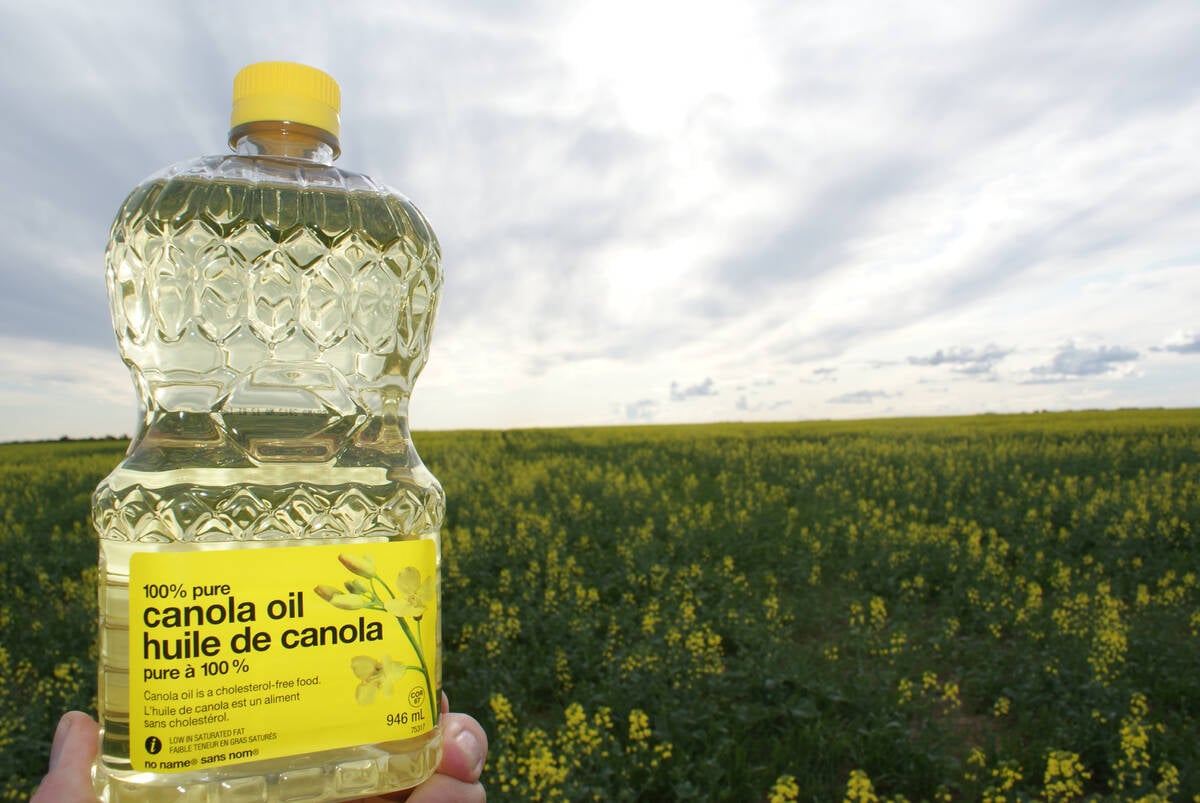Brazilian farmers don’t start seeding soybeans until September, but an influential analyst forecasts that area sown to the crop will fall to its lowest level since 2002-03.
Celeres analyst Anderson Galvao said soy area could drop almost seven percent to 51.4 million acres.
This would mark the second consecutive cut after many years of consistent increases, peaking in 2004-05 at 56 million acres.
The rapid expansion of Brazil’s soybean industry was the story of the decade in the oilseed world. Brazil and its South American neighbour Argentina redrew the oilseed map.
Read Also

Rising vegetable oil demand may offset bad biofuel news
Global biodiesel/renewable diesel production is expected to decline for the first time in a decade. Bad timing for a canola industry looking for new markets.
This year for the first time, Brazil dethroned the United States as the world’s leading soybean exporter.
But as we have reported in recent weeks, Brazilian growers are in their worst crisis in decades, with a strong local currency, rising production costs, a regular struggle with Asian soybean rust and bumper soy crops in the U.S. and Argentina.
The government announced recently a major aid package in response to farmers’ protests, which included a multi week blockade of highways and crushing plants.
But Celeres does not think the aid is enough to prevent acreage cuts.
One of the biggest problems Brazilian farmers face is rust. The government’s research agency estimated that the disease cut 2.3 million tonnes from production this year. Damage was significantly worse the year before.
Embrapa estimated that Brazilian soy producers spent around $2.7 billion US on pesticides to protect the 2005-06 crop against soy rust. On average they sprayed twice.
Brazil’s agriculture ministry said that it will ask state governments to ban soybean planting between July 1 and Sept. 30 so as to break the link between the winter and summer crops and help reduce soy rust.
Soybean traders are now focused mainly on the American soybean crop, including whether dry conditions in the Midwest will intensify and whether the forecast for increased numbers of Atlantic hurricanes will spread Asian soybean rust north.
But as we get closer to Brazil’s soy seeding season, South American prospective planting reports will receive more attention.
In the last five years world soybean consumption has increased 16 percent or at about four percent per year, driven largely by voracious Chinese demand.
That demand was met only because in the same period Brazil and Argentine were able to increase seeded area by about six to seven percent a year. If that pace of increase falters for a significant period, then the market will have to react, either by pressing soybean prices higher to stimulate increased production or by shifting demand to competing oilseeds such as palm or canola.














